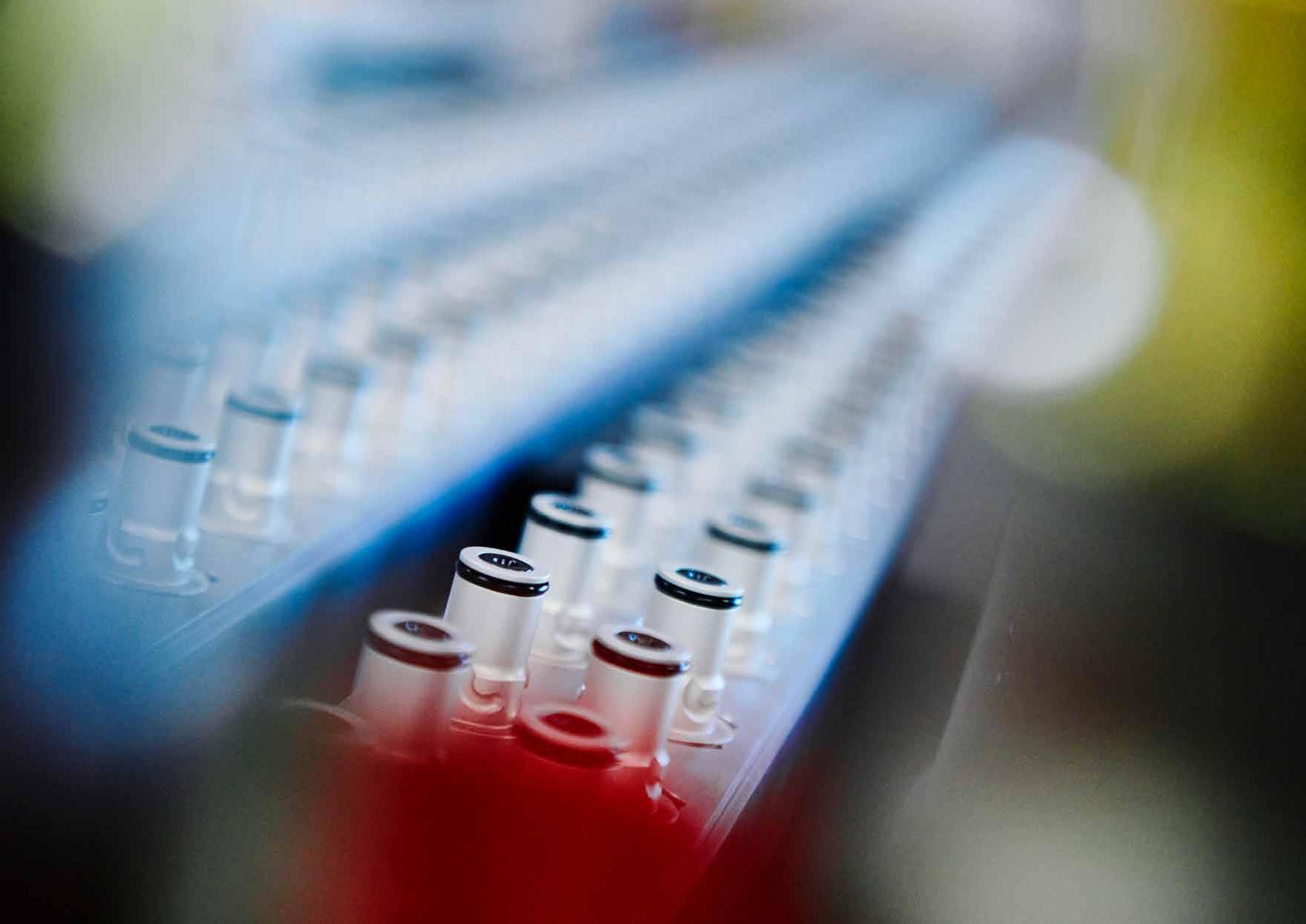
4 minute read
Asetek Liquid Cooling will Make Substantial Contribution to EU’s Green Deal
from Asetek Annual Report 2020
by Asetek
2020 WAS A YEAR WHEN ASETEK’S GOAL OF MEANINGFUL CLIMATE REGULATION FOR EUROPE MOVED CLOSER, SAYS ASETEK’S EU PUBLIC AFFAIRS ADVISOR. FOR EXAMPLE, ASETEK CONTRIBUTED TO A HOLISTIC DATA CENTER EFFICIENCY ANALYSIS CARRIED OUT BY THE INFLUENTIAL GERMAN ENVIRONMENT AGENCY BY DELIVERING REAL-WORLD DATA FROM OUR TEST INSTALLATION THROUGHOUT THE YEAR.
DAs the world’s leading manufacturer of on-processor liquid cooling for data centers and other purposes, in recent years Asetek has also – in a move unusual for the company – been taking political action to draw attention to the huge climate policy gains the world can make if hyperscale data centers, for example, use its technology in the future.
This political investment that Asetek has chosen to make is primarily focusing on EU regulation and legislation. With its Green Deal, which is about to be fleshed out in the near future, the EU is widely expected to begin setting strict environmental standards for member states that will pave the way to make the European Union climate neutral by 2050. Recently, more and more European politicians and officials have been waking up to the enormous potential of the greening of data centers as shown in the documentation supplied by Asetek. “Although, as a company, Asetek is dwarfed in comparison with other stakeholders, we actually garner lot of interest and understanding that results in positive reports. In 2020, the Green Deal really made the reuse of waste heat in data centers a focus of the EU’s circular economy strategy toward carbon neutrality,” says Jan Gütter, Asetek’s Public Affairs advisor, referring to both the EU and key member state stakeholders like the German Environment Agency, the UBA (Umweltbundesamt).
In this respect, he describes 2020 as a year when Asetek’s viewpoint made significant advances in Europe. In a nutshell, the idea is that the EU will make it a requirement for data center operators to design their facilities and choose their technology so that optimum use is made of the surplus heat they generate. Asetek’s technology offers circular reuse of up to 80% of inbound power in the form of 60°C hot water without the need for artificial heating by additional power-hungry and costly heat pumps. A solution that is readily and widely available and has been proven successful by Asetek, which connected its own test data center to the district heating network in its home city of Aalborg in early 2020.
During the year, internationally recognised climate thinktank Concito, headed by former EU commissioner Connie Hedegaard, also produced a memo that strongly supports Asetek’s direct-to-chip Liquid Cooling technology as “best practice” – a memo that attracted attention in Brussels.
IMPORTANT MILESTONES ACHIEVED
As Asetek has stated before, the potential is huge. If “dirty” power is used, the carbon footprint of the World’s data centers is bigger than that of worldwide road traffic, and on par with that of worldwide air traffic. Though the goal is to produce the power needed for all data centers by green methods, even efficient use of only the EU data centers’ residual heat as offered by Asetek would add enough district heating for 11 European capitals, with London, Paris and Berlin top of the list, to be heated carbon-neutrally. This could save significant capital investment, scarce resources, plus the energy required to build an army of wind turbines, solar heating systems etc. that would otherwise have to meet this need.
“In 2020, a number of important milestones were achieved on the way toward EU regulations matching Asetek’s potential,” adds Jan Gütter confidently, and he points to the publication of the EU’s Circular Economy Action Plan1, the Commission’s Communication on “Powering a Climate-Neutral Economy: An EU Strategy for Energy System Integration” and the JRC Report on the “Development of the EU Green Public Procurement (GPP) Criteria for Data Centers, Server Rooms and Cloud Services.”
“These publications”, he underlines, “call specifically for action to implement measures on the reuse of residual heat from data centers. Similarly, the EU commission has also initiated a hearing and subsequent review of the Energy Efficiency Directive (EED), which is expected to be adopted in 2021”.
Jan Gütter also emphasises that, in the second half of 2020, the German EU presidency delivered a strong foundation for its future adoption, with a digital agenda on the environment containing several of Asetek’s proposed measures to improve the efficiency of data centers by utilising waste heat.
Asetek’s Public Affairs Consultant in Brussels, Jan Gütter, believes the EU Commission is moving in a meaningful direction for Asetek when it comes to future climate requirements for data centres. Gütter (right) is pictured here before the Commission with Asetek CEO André Sloth Eriksen (centre) and Mads Stenstrup, the company’s Project Manager, Public Affairs & Communications in Denmark.

FINANCIAL STATEMENTS
CONSOLIDATED FINANCIAL STATEMENTS Profit & Loss .........................................................................................................30 Balance Sheet.......................................................................................................31 Equity.......................................................................................................................32 Cash Flows ............................................................................................................33 Notes........................................................................................................................34
PARENT COMPANY FINANCIAL STATEMENTS Profit & Loss ......................................................................................................... 58 Balance Sheet......................................................................................................59 Equity......................................................................................................................60 Cash Flows .............................................................................................................61 Notes........................................................................................................................62
MANAGEMENT STATEMENT.................................................................... 65 INDEPENDENT AUDITOR’S REPORTS.................................................66
OTHER INFORMATION Stock exchange releases.................................................................................69 Definitions of ratios and metrics..................................................................70






